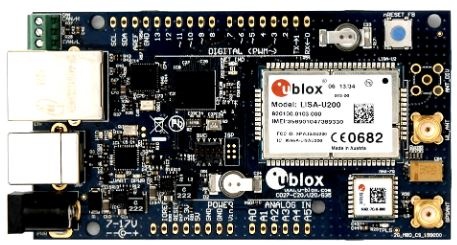Ik zou zeggen, lees eens de visie van Cisco over het "Internet of Everything", wat hun marketing-wording voor het Internet of Things is. Is best een goede primer en laat ook zien dat het toch net iets verder gaat dan alleen maar wat domotica toepassingen en lampjes-met-een-wifi-verbinding:
http://www.cisco.com/web/about/ac79/docs/innov/IoE.pdf
Het gaat er dan ook niet zozeer over dat -jij- als gebruiker met alles verbonden bent, maar dat
M2M-communicatie een hoge vlucht gaat nemen en dingen dus automatisch via het internet met elkaar kunnen communiceren.
•
Data: With IoT, devices typically gather data and stream it over the Internet to a central source, where it is analyzed and processed. As the capabilities of things connected to the Internet continue to advance, they will become more intelligent by combining data into more useful information. Rather than just reporting raw data, connected things will soon send higher-level information back to machines, computers, and people for further evaluation and decision making. This transformation from data to information in IoE is important because it will allow us to make faster, more intelligent decisions, as well as control our environment more effectively.
•
Things: This group is made up of physical items like sensors, consumer devices, and enterprise assets that are connected to both the Internet and each other. In IoE, these things will sense more data, become context-aware, and provide more experiential information to help people and machines make more relevant and valuable decisions. Examples of “things” in IoE include smart sensors built into structures like bridges, and disposable sensors that will be placed on everyday items such as milk cartons.
•
Process: Process plays an important role in how each of these entities — people, data, and things — works with the others to deliver value in the connected world of IoE. With the correct process, connections become relevant and add value because the right information is delivered to the right person at the right time in the appropriate way.
Zelf denk ik dan bijvoorbeeld aan intelligente gebouwen (domotica-achtig), maar vooral ook aan industrie-toepassingen, en ook dingen als Vehicle-to-Infrastructure en Vehicle-to-Vehicle communicatie. Alles heeft een verbinding waardoor uiteindelijk de hoeveelheid sensoren voor nieuwe mogelijkheden zorgen.
Of dat wat goeds of wat slechts is, is een tweede punt natuurlijk. Duidelijk is dat de halfgeleiderindustrie (Intel, ARM, etc.) en de netwerkindustrie (Broadcom, Cisco, Juniper, etc) hier veel geld mee kunnen verdienen

.
[Reactie gewijzigd door Garyu op 8 augustus 2024 21:16]


/i/1309767168.png?f=fpa)
/i/1333549184.png?f=fpa)
/i/1242207182.png?f=fpa)
:strip_exif()/i/1375525791.jpeg?f=fpa)
/i/1325170337.png?f=fpa)
/i/1287481918.png?f=fpa)